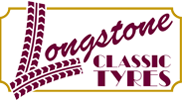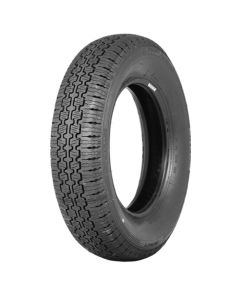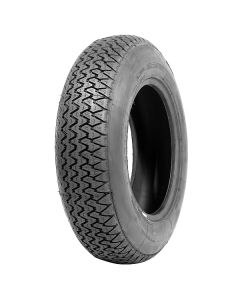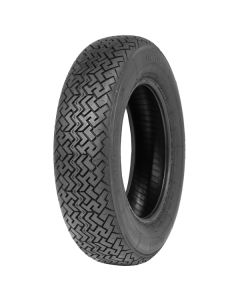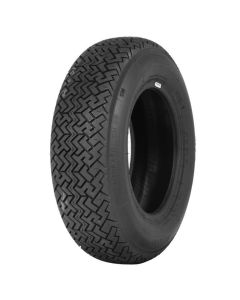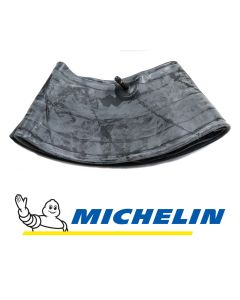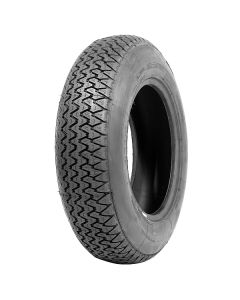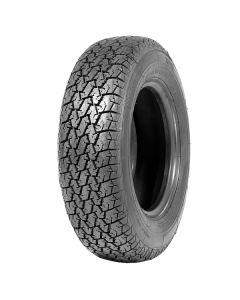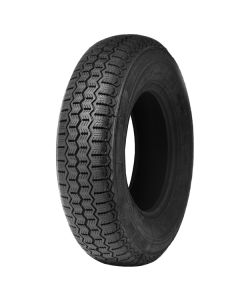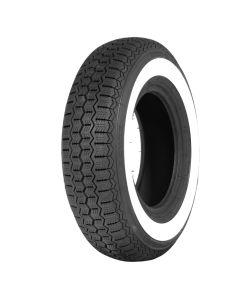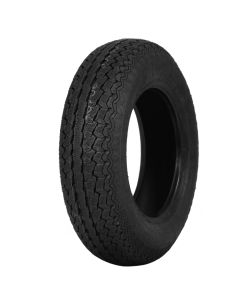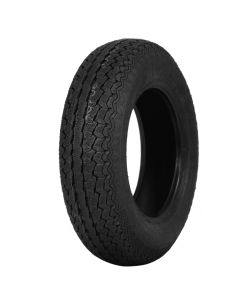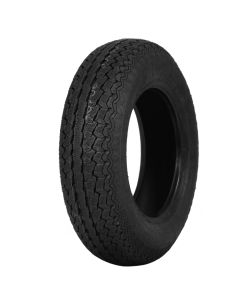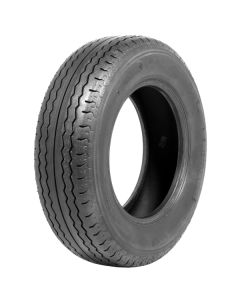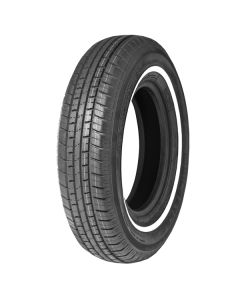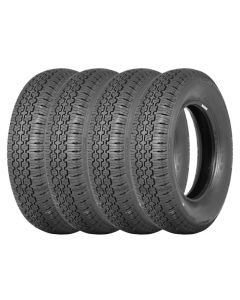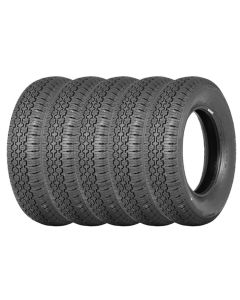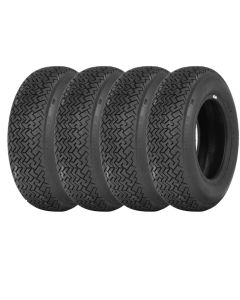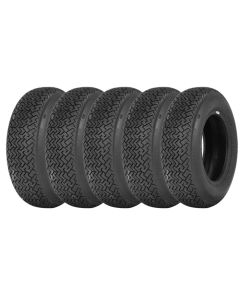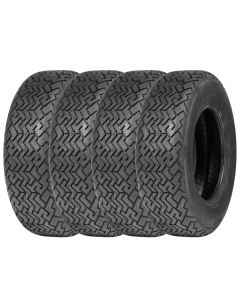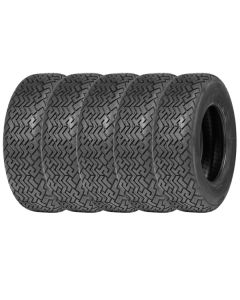Austin Maxi Tyres

Austin Maxi 1500 Poster
Austin Maxi 1969–1981
Austin Maxi 1500 Tyres
- The Austin Maxi 1500 fitted 155 R13 tyres as standard. In this size, we recommend the 155R13 PIRELLI CINTURATO CA67 or the 155 HR 13 Michelin XAS FF.
- Some Maxi 1500's fitted low-profile 175/70 R13 tyres. The best classic 175/70 R13 tyre is the 175/70 VR 13 PIRELLI CINTURATO CN36.

Austin Maxi 1750 Magazine Advert
Austin Maxi 1750 Tyres
- The Austin Maxi 1750 also fitted 155 R13 tyres, for which we recommend the 155R13 PIRELLI CINTURATO CA67 or the 155 HR 13 Michelin XAS FF.
- The low-profile alternative size is 175/70 R13, of which the 175/70 VR 13 PIRELLI CINTURATO CN36 is the best option.

Austin Maxi 1750 HL
Austin Maxi 1750 HL
- The Austin Maxi 1750 HL (High Line), introduced in 1972, fitted larger, 165 R13 tyres to accommodate the larger engine and twin carburettors.
- In this size, the best Austin Maxi 1750 HL tyre is the 165R13 PIRELLI CINTURATO CN36.
- A low-profile alternative to 165 R13 is 175/70 R13. If you want wider tyres with a lower profile the 175/70 VR 13 PIRELLI CINTURATO CN36 is the ideal Austin Maxi 1750 HL tyre.
- The top Maxi variant; the 1750 HLS also fitted 165 R13 tyres as standard, for which we recommend the 165R13 PIRELLI CINTURATO CN36, or the 175/70 VR 13 PIRELLI CINTURATO CN36 for a low-profile upgrade.

Austin Maxi Range Classic Advert
Austin Maxi Series 2 Tyres
- Series 2 Austin Maxi cars fitted identical tyres to their Series 1 counterparts:
- Series 2 Austin Maxi 1500 fitted 155 R13 or 175/70 R13 tyres. We recommend the 155R13 PIRELLI CINTURATO CA67 or the 175/70 VR 13 PIRELLI CINTURATO CN36.
- Series 2 Austin Maxi 1750 fitted 155 R13 or 175/70 R13 tyres. We recommend the 155R13 PIRELLI CINTURATO CA67 or the 175/70 VR 13 PIRELLI CINTURATO CN36.
- Series 2 Austin Maxi 1750 HL fitted 165 R13 or 175/70 R13 tyres. We recommend the 165R13 PIRELLI CINTURATO CN36 or the 175/70 VR 13 PIRELLI CINTURATO CN36.
Austin Maxi Innertubes
- Our period fitment guides suggest that all Austin Maxi cars were fitted with tubeless wheels. Innertubes are not required with maxi wheels providing the tyres are also tubeless, and your wheels are in good condition.
- If you do require innertubes, the Michelin 13D is the ideal tube for 155 R13 and 165 R13 tyres.
- The Michelin 13E is the ideal tube for 175/70 R13 tyres.

1975 Austin Maxi Advert
History of the Austin Maxi
Produced from 1969 to 1981, the Austin Maxi was one of the first vehicles to be sold under the British Leyland brand after BMC was renamed in 1968. Known for being among the first hatchbacks in Britain, the Maxi offered practicality and versatility with its foldable rear seats, but was infamous for its bland design and affected by technical issues.
In the 1970s, British Leyland created the Austin Maxi, a medium-sized hatchback with five doors. It was the first five-door, five-speed hatchback in the UK. The car was supposed to be called the Austin 1500, but after BMC and Leyland merged, the new chairman Lord Stokes called it the Maxi, a nod to the Mini from 10 years earlier. Beneath its voluminous exterior, the Maxi had a new front-wheel-drive chassis connected to an advanced five-speed manual gearbox. This transmission had lots of problems, particularly with the early models that used a cable-operated system prone to cable strain and other problems. All versions had issues with the "cogs in the sump" design, which shared an oil supply between the engine and gearbox. This created frequent leaks from the clutch oil seal.
An updated 1748 cc engine replaced the 1485 cc engine that drove the Maxi in 1971. The 1750 and twin-carburettor 1750 HL models did well by historical standards, providing adequate performance for the time. The choice to reuse door panels from the BMC ADO17 "Landcrab" in order to save tooling costs resulted in a less appealing aesthetic, making it less desirable.
The Maxi was limited by a dull interior and subpar workmanship. Its shortcomings were noteworthy: the design was viewed as dull and uninspired, and problems with build quality and dependability damaged its image. The early cable-operated gear change was frequently criticized for its imprecision. The decision to reuse door panels from the BMC ADO17 "Landcrab" to save tooling costs resulted in a less appealing Maxi even with the new platform, affecting the car's appearance and making it less desirable.
Despite these flaws, the Maxi was revolutionary in a number of respects. The Maxi offered reasonable pricing, low running costs, and a comfortable cabin for passengers. Its wide hatchback and flexible seating made it an excellent choice for large families. Its Hydrolastic suspension ensured a comfortable ride, and its five-speed gearbox increased fuel efficiency and driving versatility.
Although the Austin Maxi did not achieve a great deal of commercial success, its innovative features and practical design have earned it a place in British automotive history. Today, it is appreciated by classic car enthusiasts for its practicality and forward-thinking design.
Independent Tyre Test - The Results
In the world of modern tyres it is commonplace to come across a tyre test. Sadly in the world of classic tyres the investment never seems to be there to do a proper modern tyre test. However, a German magazine in July 2016 conducted this modern tyre test using classic tyres. This classic tyre test has been translated from German to English. What is remarkable in this tyre test is quite how well the PIRELLI CINTURATO ™ CN36 classic tyre performed in the table at the end. The scores in this table are not scored in relation to the other tyres in the test, so when a score of 1 is recorded, then that is a perfect score for a classic tyre or a modern tyre. It is wonderful to see that these classic PIRELLI CINTURATO ™ CN36 tyres can give such exemplary results.
Austin Maxi Fitment Guides

1972 Austin Maxi Fitment Guide by Michelin

1965–1978 Austin Maxi Fitment Guide by Dunlop

1977 Austin Maxi Fitment Guide by Michelin

